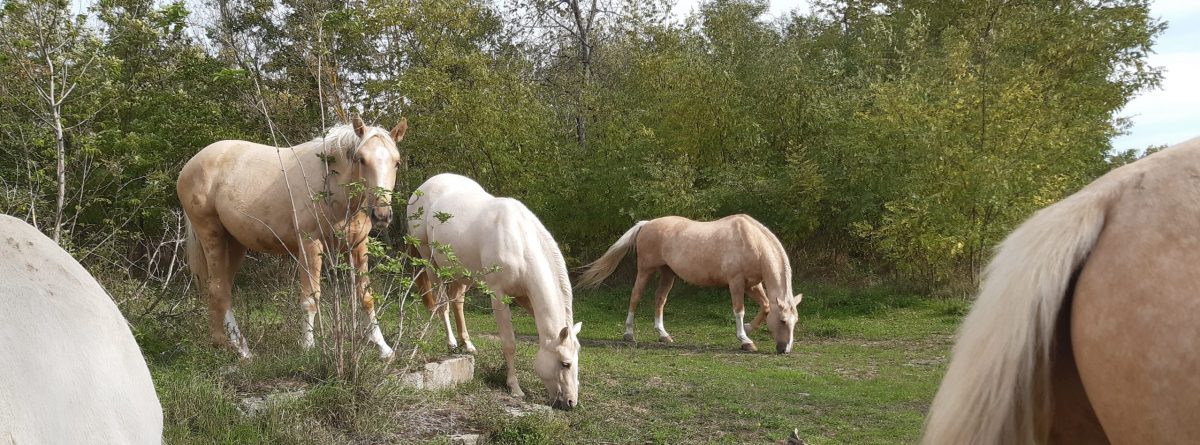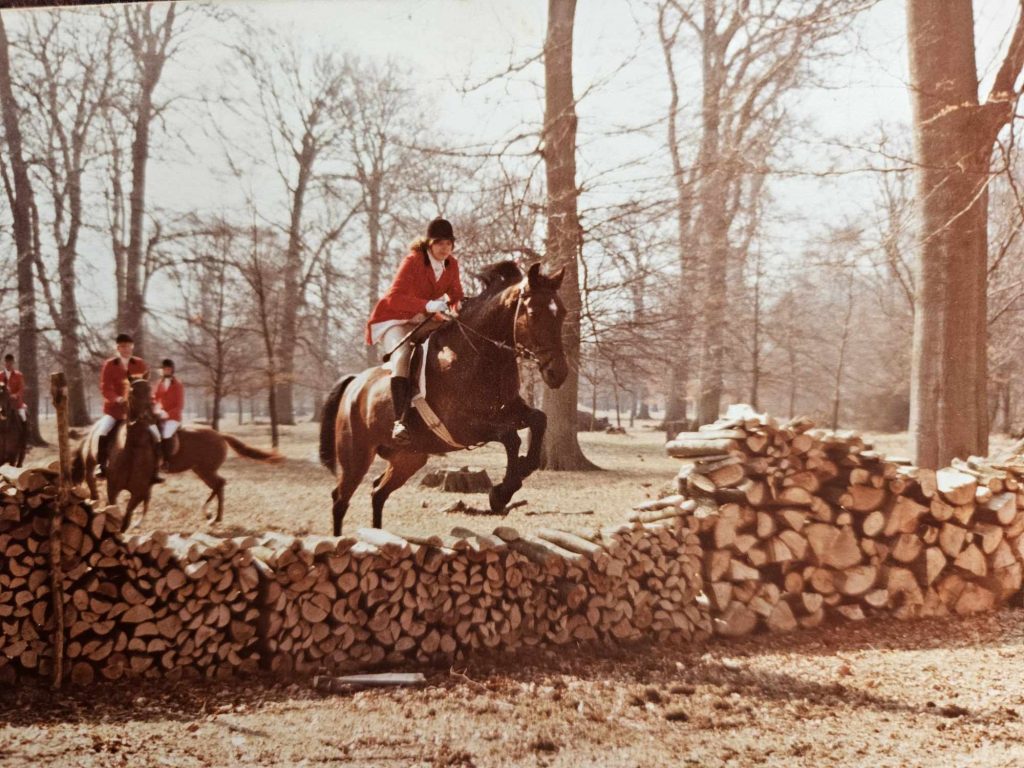CAN A HORSE CHANGE PERSONALITY WHEN IT CHANGES LOCATION?
Recently, I have seen and heard many discussions about how long it can take for a horse to feel at home in a new place and how long it should take before one can use the horse, etc. We all agree that not all horses are the same, and even if a horse is well-behaved in a new place, it doesn’t mean it feels at home. I have discussed with many people, and in my opinion, one should count on approximately a year before being sure that the horse feels secure with its new owner and its new place. I know that horses move much more frequently than that, and many may not agree with me.
However, I have a funny story about thinking you know and understand your horse. Many years ago, I became the owner of a North Swedish stallion that I had from a foal and did everything with. When he turned two, I wanted to show him to see if he was worth keeping as a stallion because that was my wish. I had trained with him since he was little, and I had walked and run with him for kilometers to teach him to walk properly. I taught him to stand up, stand still, move one leg at a time, and I knew what I was doing. I had shown many horses at the appraisal and received prizes for it, so it was important to me that my own horse showed himself at his best. I was completely convinced that I could not have trained him more and was sure that the presentation would go well.
When we arrived at the showground and unloaded him, it was as if a devil possessed him. He went completely crazy! Screaming and striking with his front legs, rearing up, and throwing himself from side to side. We could barely hold him. I thought, I’ll walk him a bit so he calms down and gets to see the surroundings. He didn’t calm down… Eventually, we had to tie him between two trees, and there he stood screaming and fussing, completely wild. It was a while until he was supposed to be shown, and I thought he must calm down and get a little tired. He wasn’t a bit more tired or less wild when I was about to show him. He spent most of the time on his hind legs, and I really struggled to get him to do just a bit of what I had taught him. The worst part was when the judge was about to give his verdict on Kosack. He got very good scores on his conformation, but… then the judge said that he could imagine that the owner might have trained him a bit better at home!! I was on the verge of tears and completely exhausted.
Afterward, I took him to my job. I worked at High Chaparral at the time, so he got to learn to be among horses, people, steam engines, and much more, so he was as gentle as a lamb when we left there.
The following year, I showed him at the appraisal. He obeyed my slightest command, and he was approved.
Many factors influence a horse’s behavior, and we can never know when they will show a side different from the one we are used to. I have several stories about horses that change when they come to a new place and have received complaints from people who thought that it wasn’t the horse they bought. Give it plenty of time and get to know the horse before you start tinkering with it 🙂
The picture is from a newspaper when I got Kosack approved. It was not so comment then, that a woman owned a stallion:)











